Tongdwaeji Duruchigi (통돼지두루치기)
2.0Km 2021-03-18
252-6, Jong-ro, Jongno-gu, Seoul
+82-2-2266-9290
This is a Korean cuisine located in Dongdaemun Gate, Seoul. It is also famous for uruchigi (Korean bouillabaisse) made by stir-frying pork and vegetables in gochujang (red pepper paste) sauce. The best menu at this restaurant is pork and kimchi stew.
Of one book and stay [Korea Quality] / 일독일박 [한국관광 품질인증/Korea Quality]
2.0Km 2021-03-29
11-1, Pirundae-ro 3-gil, Jongno-gu, Seoul
This hanok (traditional Korean house) is located in Seochon Village near Gyeongbokgung Palace. It is a modern C-shaped hanok centered around the inner courtyard, which is the first thing that the guests see after entering through the gate. While it is not expansive, white pebbles and a foot bath make this hanok a unique one. One can enjoy a foot bath while sitting on the porch.
The bedroom, which is located beyond the living room, is furnished with a queen-sized bed. Opening the screen doors brings one to the view of the kitchen area beyond the inner courtyard. A large table, plush sofa, and a small bookcase make the space ideal for books and discussions. Climbing the wooden ladder to the side of the kitchen brings one to the attic, which also doubles as a Korean-style room with a skylight. The kitchen is furnished with a refrigerator, microwave oven, gas stove, electric kettle, toaster, pots, utensils, wine glasses, and bottled water. There is a restroom with a bathtub. The standard occupancy of the house is 4 people.
Pyeongando Jokbal (평안도족발집)
2.0Km 2021-03-30
174-6, Jangchungdan-ro, Jung-gu, Seoul
+82-2-2279-9759
Pyeongando Jokbal has a history of over 50 years, and is very popular among all the jokbal (pig's trotter) restaurants in the Jangchung-dong Jokbal Street area. The taste is outstanding, making this hard-to-find restauant a favorite among jokbal lovers.
Brown Chicken (브라운치킨)
2.0Km 2021-03-18
15, Eulji-ro, 43-gil, Jung-gu, Seoul
+82-2-2275-9972
Try fried chicken, one of Korea’s representative dishes. The most famous menu is fried chicken. A chicken specialty restaurant located in Dongdaemun Gate, Seoul.
Salón de Té The Ssanghwa COFFEE (더쌍화coffee)
2.0Km 2023-11-03
Jong-ro 252-3, Jongno-gu, Seúl
Summit Hotel Seoul (써미트 호텔 서울)
2.0Km 2024-03-05
Jangchungdan-ro 198, Jung-gu, Seúl
El Summit Hotel Seoul fue inaugurado en septiembre de 2013 en pleno centro de la ciudad de Seúl. Es un edificio de 3 subsuelos y 9 pisos, con un total de 190 habitaciones, entre las que hay de tipo Standard, Deluxe y Royal, entre otras. Tiene recepción las 24 horas y es perfecto para celebrar reuniones de negocios, gracias a sus amplias y cómodas instalaciones. Hay una cafetería en el área de la recepción.
Cheongsujeong (청수정)
2.0Km 2021-03-29
91, Samcheong-ro, Jongno-gu, Seoul
+82-2-738-8288
Only fresh ingredients are carefully selected to serve only dishes rich in taste and nutrition. This Korean dishes restaurant is located in Jongno-gu, Seoul. The representative menu is bulgogi with rice.
Mercado Yeongcheon de Dongnimmun (독립문영천시장)
2.1Km 2023-01-17
Tongil-ro 189-1, Seodaemun-gu, Seúl
Café Moon (달 카페)
2.1Km 2019-12-23
94-1, Samcheong-ro, Jongno-gu, Seoul
+82-2-735-7355
Café Moon has a trendy interior design and includes a realistic 'moon' mounted on one of the walls. The inside and outside of the café are decorated with hanok designs, designs of traditional Korean houses. The inner courtyard of the grounds is often the stage for a variety of parties and music performances held throughout the year. From the late spring into fall, Café Moon holds musical performances of traditional instruments from around the world. The diners enjoying their meals next to the courtyard need only slide the windows open to let in the beautiful melodies.
Hanok Guesthouse Dongchonchae [Korea Quality] / 한옥 게스트하우스 동촌재 [한국관광 품질인증/Korea Quality]
2.1Km 2021-03-26
21-10, Jahamun-ro 11-gil, Jongno-gu, Seoul
Built in 1939, Dongchonchae was designated as Seoul Well Hanok by the Seoul Metropolitan City in 2016. In 2020, this hanok (traditional Korean house) received the Certificate of KOREA QUALITY from the Korea Tourism Organization in the Heritage Hanok field in recognition of its historicity and quality of services. Dongchonjae is located in the western side of Gyeongbokgung Palace, at Seochon. When one passes through its main gate, one sees the yard, with anchae (women's quarters), sarangchae (men's quarters), and byeolchae (detached quarters) surrounding the plot. Anchae has four rooms, daecheong (wood-floored main hall), a kitchen, and a restroom. One of the rooms is used for tea ceremonies as well. Outside of the sarangchae and byeolchae, which are the living spaces for the owners, visitors have free access to the numaru (raised open floor) and the yard. The anchae’s rooms “Bom” and “Yeoreum” can accommodate 2 to 3 adults each, while the rooms “Gaeul” (Tea Room) and “Gyeoul” are optimal for two. The building is rented out as a whole, so no more than one group may stay in the building at any given time. Standard occupancy is four persons, and eight is the maximum number. There are two restrooms, one within the anchae building, one out in the backyard.
Cooking is not allowed in the kitchen, but guests are free to bring in outside food. Experience programs on offer include nighttime exploration of Seoul City Wall, tea ceremony, folk songs, and rice cake making. Additional payment is only required for rice cake making. Guests may choose between two types of complimentary breakfast: Korean, which comes with rice, soup, and three side dishes; and Western, which comes with bread, salad, and coffee. There are a 100-in screen and mini projector for film watching in the yard or daecheong. Towels, toiletries, hair dryer, bottled water, traditional tea, and capsule coffee are included. The kitchen is equipped with kitchen utensils, a microwave, and a coffee pot, enough for instant foods. Guests also have access to refrigerator and washing machine
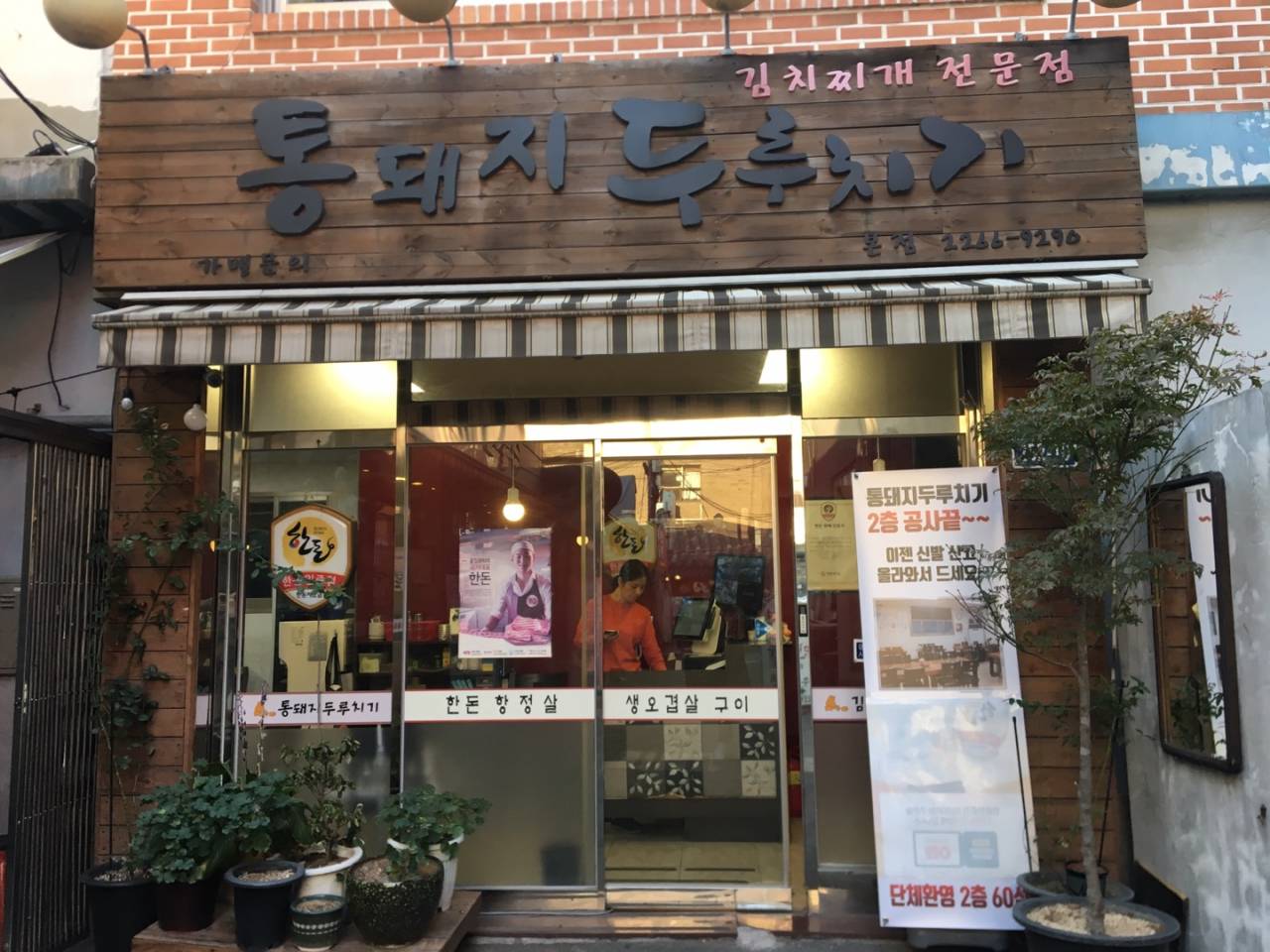
![Of one book and stay [Korea Quality] / 일독일박 [한국관광 품질인증/Korea Quality]](http://tong.visitkorea.or.kr/cms/resource/43/2707643_image2_1.jpg)
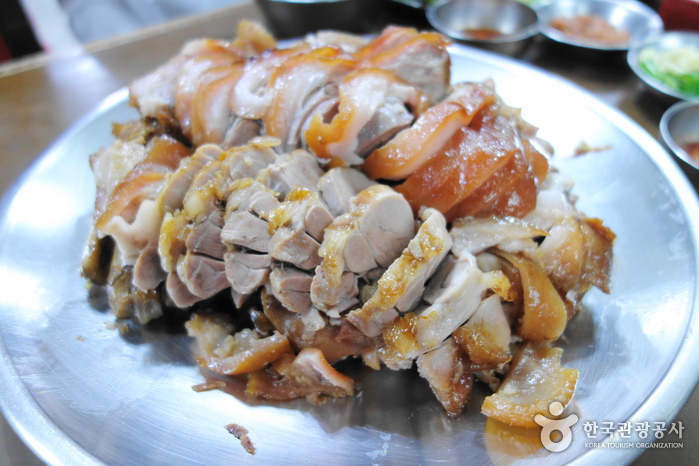
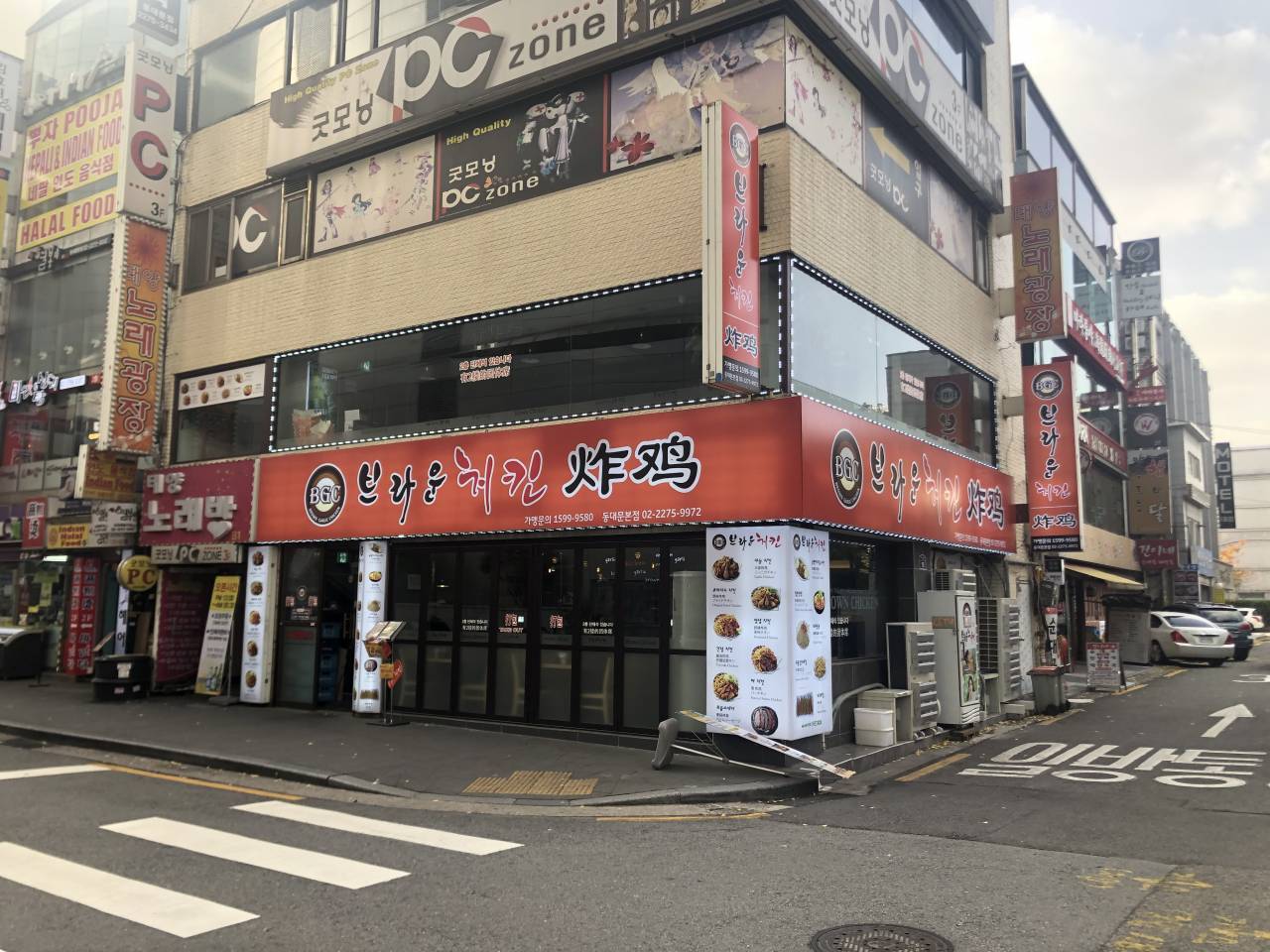
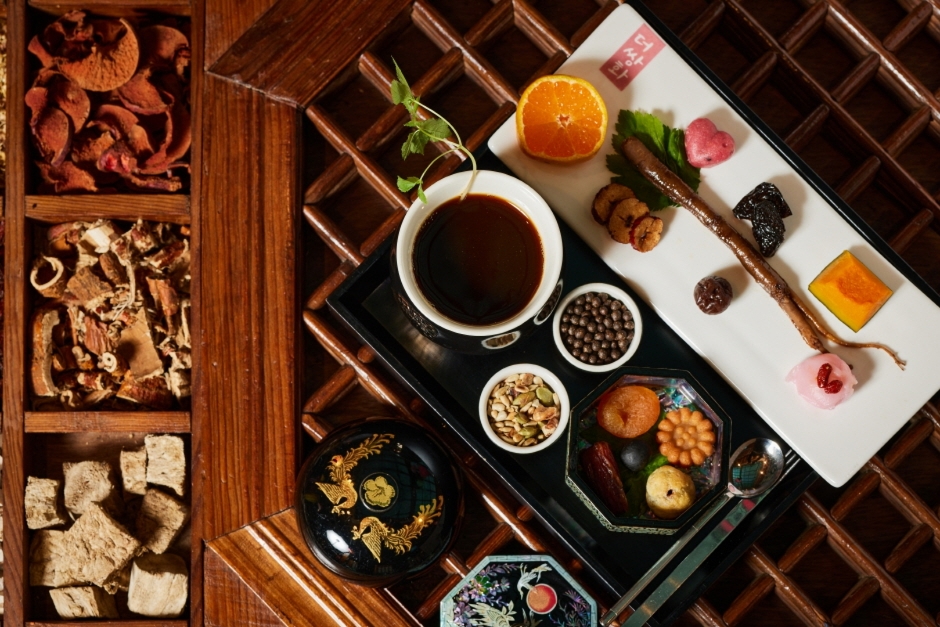
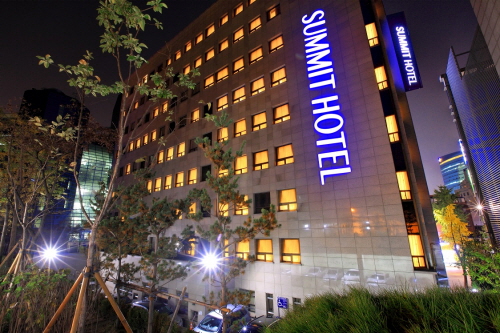
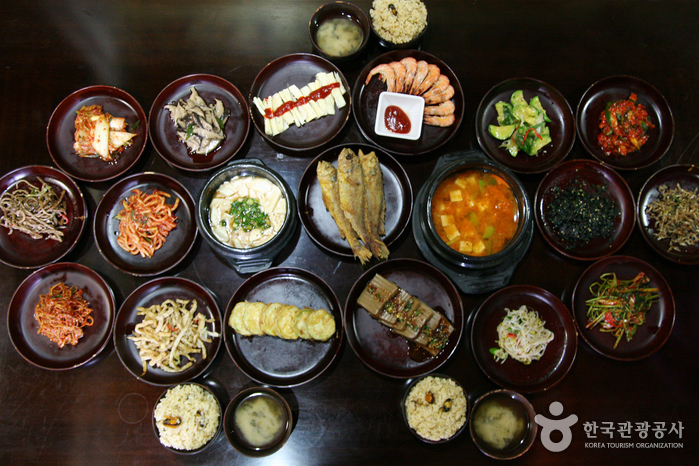

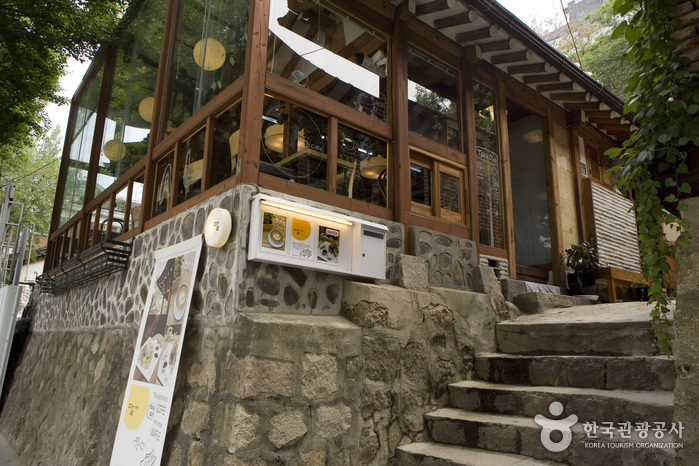
![Hanok Guesthouse Dongchonchae [Korea Quality] / 한옥 게스트하우스 동촌재 [한국관광 품질인증/Korea Quality]](http://tong.visitkorea.or.kr/cms/resource/96/2705896_image2_1.jpg)
 Español
Español
 한국어
한국어 English
English 日本語
日本語 中文(简体)
中文(简体) Deutsch
Deutsch Français
Français Русский
Русский